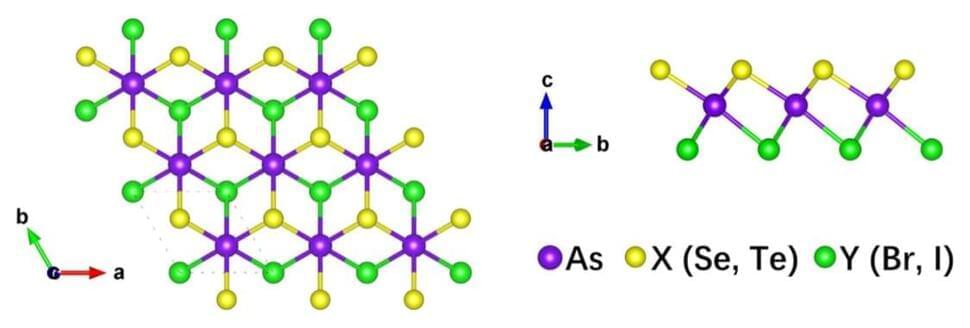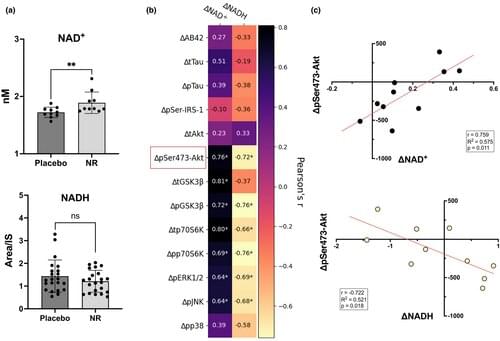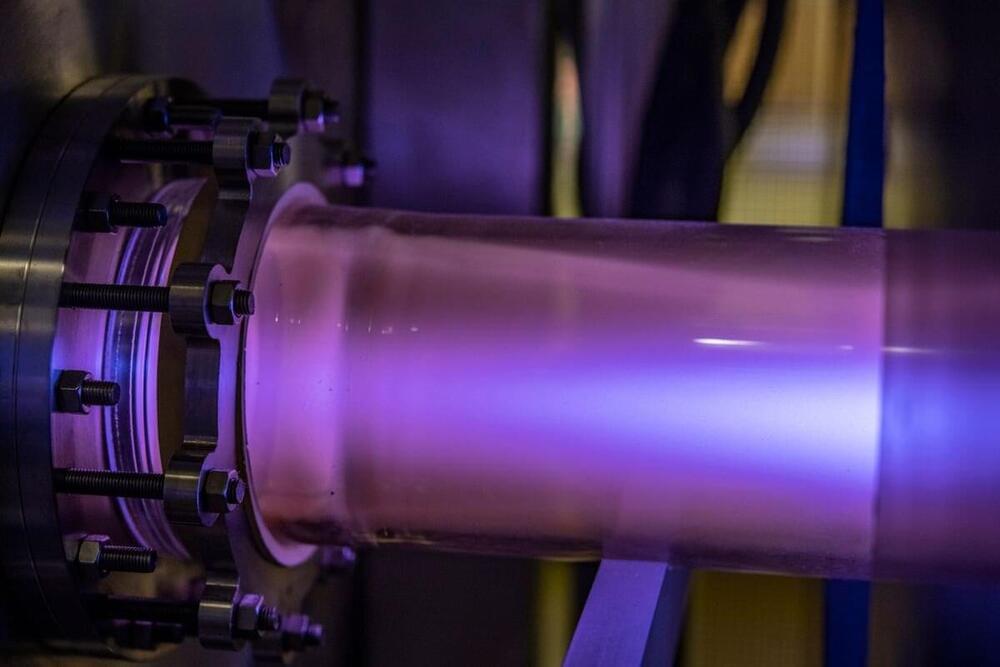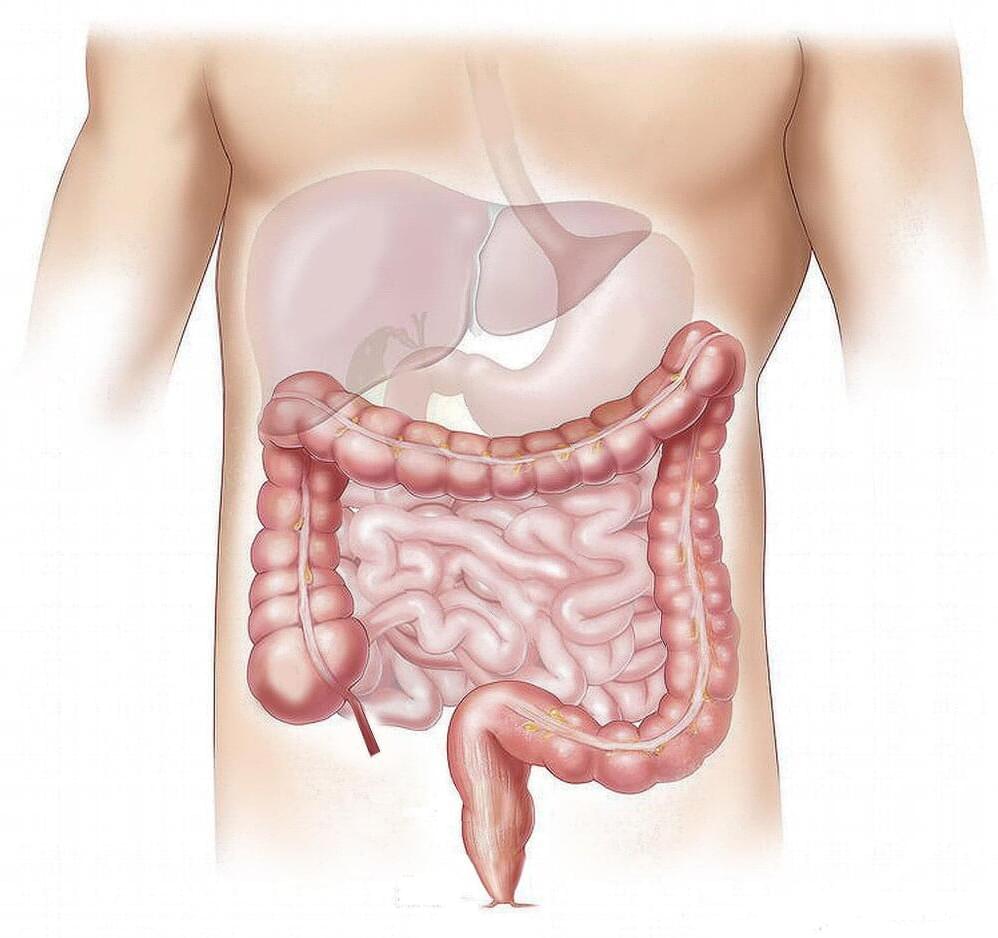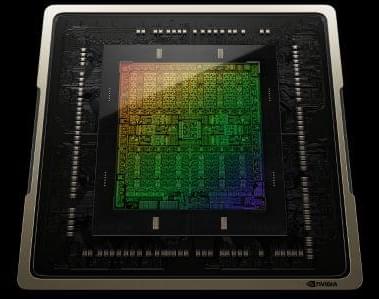AI might not take your job any time soon, but companies are already using it to help them decide who to lay off.
That’s according to a November Capterra survey of 300 US human resources leaders, which found that 98% of respondents plan to use software and algorithms to help them make any layoff decisions in 2023.
While many companies have access to a wide range of employee data — including information on employee attendance, pay, and experience — the HR leaders said “skills” and “performance” data would be most likely to be used in a layoff decision, with 70% of the leaders saying each of these would be considered.

